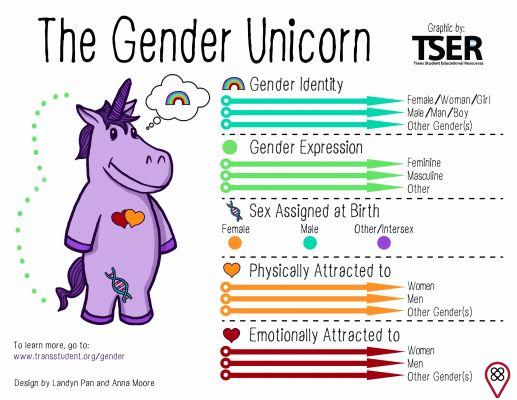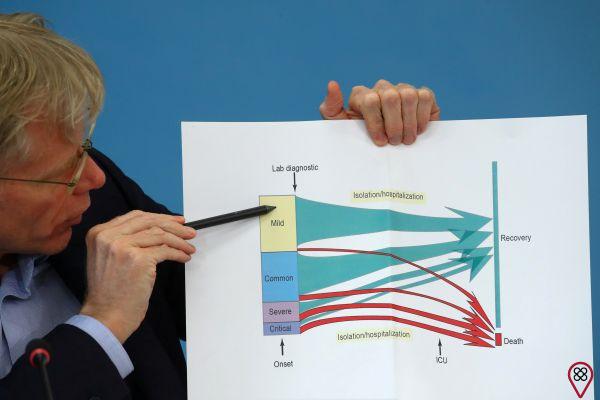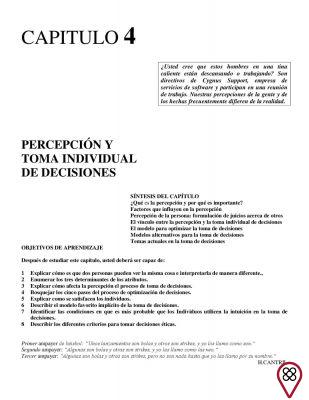
Increasingly, the breaking of stigmas related to sexual issues has become a standard. These are increasingly common topics in public debate and are relevant insofar as they can bring quality of life to people with gender dysphoria.
However, many themes and concepts still seem difficult to understand and mysterious, far from a focus of discussion that should, in fact, be approached. Among these issues, gender dysphoria is a topic that has not yet been elucidated.
After all, is it a disease, a psychiatric disorder, or not? The article that follows is intended to inform you on how to identify the causes, ways to deal with and possible treatments for gender dysphoria. Also, his relationship with transsexuality. Shall we unveil this concept to welcome those who go through this and make this world a better place?
What is gender dysphoria?
Gender dysphoria disorder is a condition determined by a feeling of dissatisfaction between one's biological sex (genital characteristics a person is born with) and one's inner feeling of belonging to female, male, mixed or neutral (defined as sexual identity).
The theme has already been addressed in the film “The Danish Girl” (2015), a biographical drama about Lili Ebe, a Danish painter from the 1920s who became one of the first people to undergo gender reassignment or transgenitalization surgery. Lili was born with male genital characteristics, but discovers herself as a woman when her wife asks her to dress in female clothes for a photo shoot.
In the film, the process of gender dysphoria takes place in the painter's adult phase. However, it is also common to present in childhood and adolescence.
How to identify gender dysphoria?
People with gender dysphoria and the resulting feeling of incompatibility cause feelings of anguish, stress, discomfort and even depression. Some symptoms are:
Symptoms in children
- They prefer to dress like people of the opposite sex;
- They constantly claim that they are of the opposite sex;
- They are dissatisfied with their genitals;
- They choose to play games or games related, often, to the opposite sex.
Symptoms in teenagers and adults
- Strong desire to impede the development of your sexual characteristics (during adolescence);
- Dressing in clothing often associated with the opposite sex.
- Those who only recognize gender dysphoria in adulthood can also develop depression, anxiety and suicidal behaviors.
What are the causes?
Some theories try to explain the causes of gender dysphoria and they may have biological, psychological or sociocultural factors. Some biological studies analyze animal behavior, the correlation between male and female hormones and behavior associated with both sexes, neurobiology and genetics.
Psychological approaches, such as psychoanalysis, based on the mother and child relationship and or facing the fact as a reflection of mental disorders, and psychodrama are concerned with trying to find reasons that make the existence of gender dysphoria possible.
According to psychiatrist George Brown, an expert in gender identity disorders at East Tennessee State University, gender dysphoria is estimated to occur in five to 14 out of every XNUMX babies whose sex at birth is male and in two to three out of every thousand babies whose birth sex is female.
How to deal with gender dysphoria?
Supporting and welcoming people who have gender dysphoria is essential for them to have the strength to deal with the situation. As explained, dysphoria can trigger depression and, in some cases, suicidal behavior. Feeling accepted and loved by the people around you can be essential to getting through turbulent times.
However, being present and providing sentimental support to those who are in this condition is not enough. It is essential that the person has individualized and constant follow-up from a team formed by several professionals, in order to create a healthy environment and support the person's decisions.
Is gender dysphoria curable?
Gender dysphoria can be treated. People who develop depression or anxiety may need psychotherapy, which consists of follow-up through weekly meetings with a psychologist, with the aim of learning to deal with the feelings that cause emotional discomfort.
Another route of treatment is hormonal therapies. People with gender dysphoria often adopt opposite-sex behaviors and clothing, and hormone therapy is aimed at altering secondary sexual characteristics so that this process is more fluid. It consists of the continuous use of drugs that decrease the production of sex hormones to minimize characteristics of the sex at birth.
Finally, gender reassignment surgery can be a treatment for gender dysphoria and aims to reshape the genitals according to the desired sex. The surgery can be performed on both sexes and is irreversible.
What are the relationships between gender dysphoria and transsexuality?
Gender dysphoria is sometimes a condition that precedes transsexuality, and it is natural for some carriers to decide to become transsexuals. Transsexuality can be considered the most extreme form of gender dysphoria, in which most patients have a great desire to change their body by surgical means, so that it adapts to their gender identity.
You may also like
- What is transsexual? Understand and spread respect
- Take a stand against transphobia after understanding what it is
- What is the difference between sex, gender and sexual orientation?
- Meet the National Day of Visibility of Transvestites and Transsexuals
- Expand your knowledge with lessons from the “Pose” series
It should be noted that gender dysphoria is not related to sexual orientation. In France, gender dysphoria has ceased to be considered a mental disorder since 2010. And the World Health Organization is also committed to following the same path.
Researching and seeking information about human conditions other than your own is a way to create a more empathetic and respectful society. Great steps have already been taken towards a more inclusive world, but much remains to be done. Proposing debates on identity issues and being anti-prejudice can be good paths towards a better place.

























